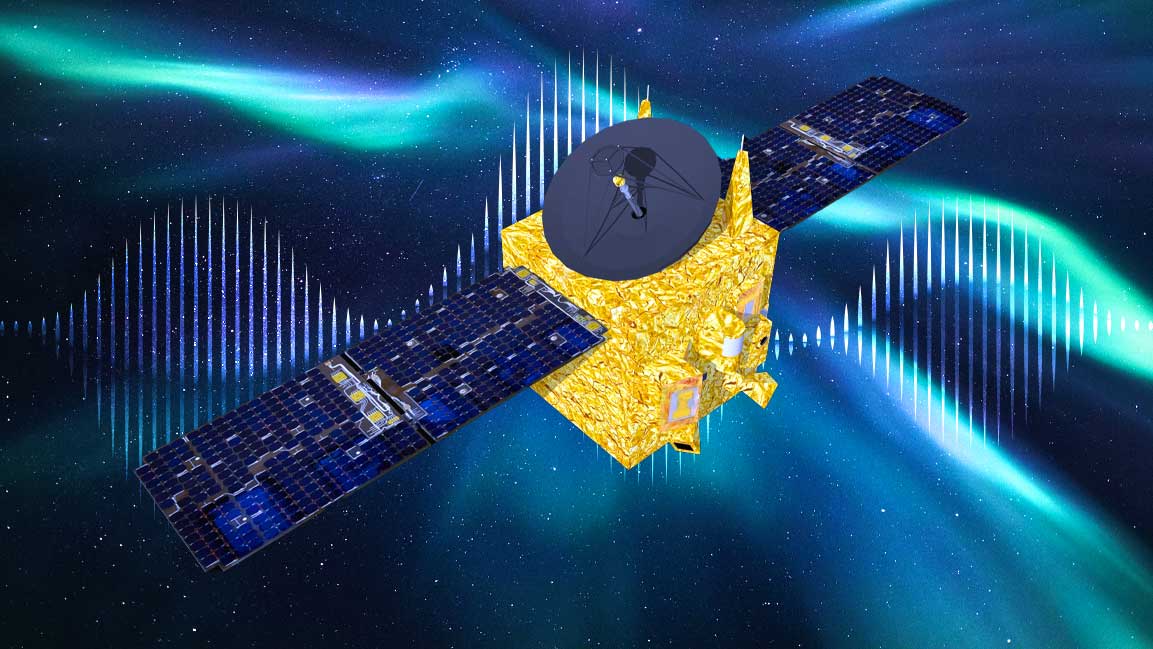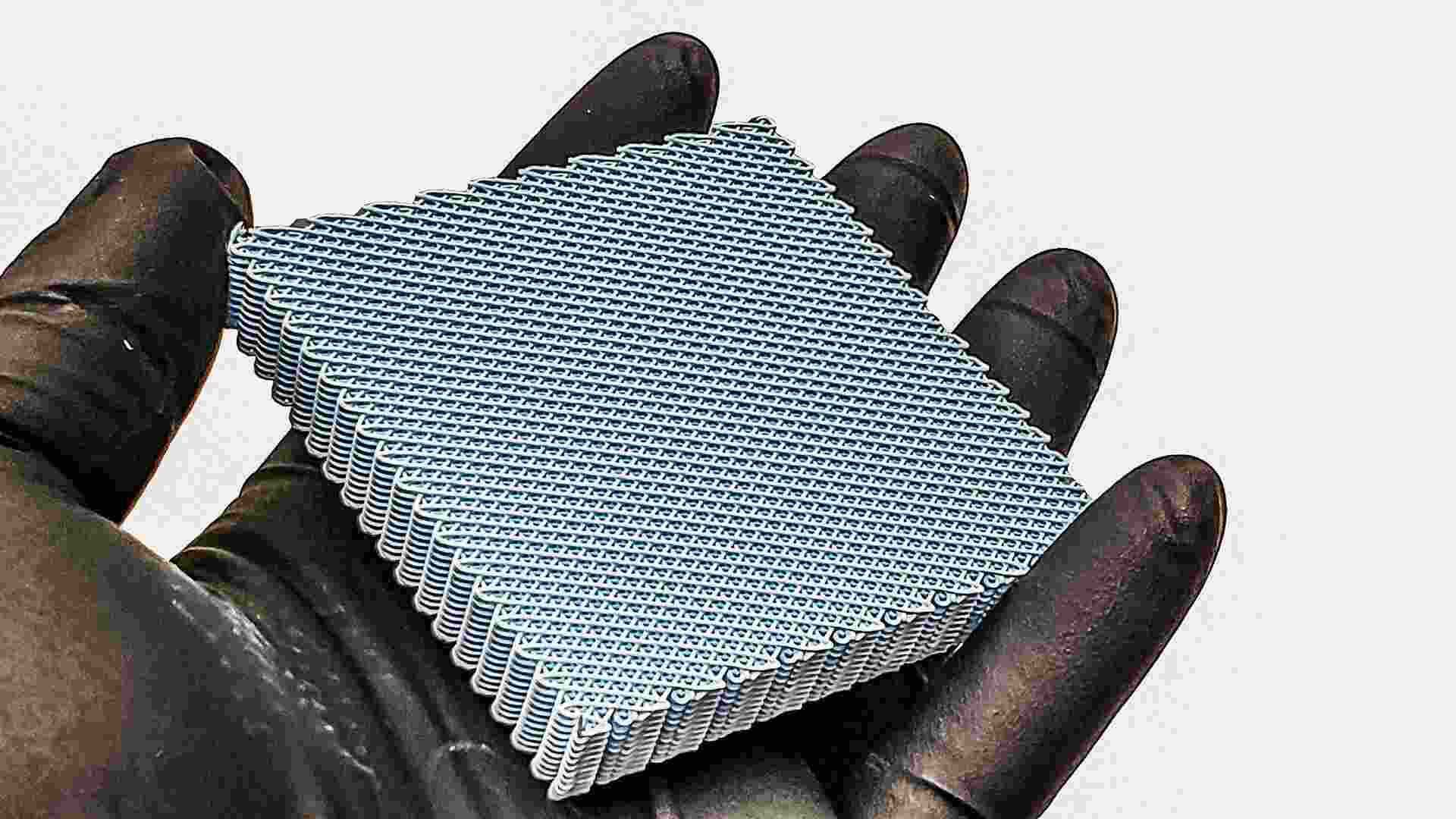- | 11:00 am
Emirates Mars Mission discovers ‘patchy’ proton aurora on red planet
Recent observations trigger new insights into unexpected behaviors in the Martian atmosphere

Emirates Mars Mission (EMM), the first interplanetary exploration undertaken by an Arab nation, has discovered a new type of proton aurora on Mars scattered on the planet’s dayside.
The spatially variable “patchy” proton aurora, formed when the solar wind directly impacts Mars’ dayside upper atmosphere and emits ultraviolet light as it slows down, has triggered new insights into unexpected behaviors in the Martian atmosphere. It opens up new avenues for understanding the drivers of Mars’ aurora.
Most of the previous observations by NASA spacecraft show uniform auroral emission across the dayside of the planet, while the latest discovery by EMM shows there are patchy ones scattered across Mars’s dayside.
The EMM team has worked with NASA’s Maven (Mars Atmosphere and Volatile Evolution) mission to characterize these observations.
According to Hessa Al Matroushi, EMM’s Science Lead, the discovery of patchy proton aurora “challenges existing views of how the proton aurora on Mars’ dayside is formed.”
“The EMM Hope probe has uncovered many unexpected phenomena extending our understanding of Mars’ atmospheric and magnetospheric dynamics. These new observations, combined with MAVEN data, have lifted the lid on entirely new possibilities for scientific research,” Matroushi added.
Throughout its mission so far, Hope has observed multiple times the shape of the aurora is not always the same.
For example, on August 30, 2021, the patchy proton aurora was confined to a much smaller portion of the disk than on August 11, suggesting a different mechanism may work.
Plasma turbulence at Mars can occur under various conditions, and different shapes of patchy proton aurora may reveal different plasma conditions.
“We’ve seen emissions at these wavelengths before, thanks to proton aurora studies by NASA’s MAVEN mission, but these EMM EMUS images represent the first time we’ve had a global view of spatial variability in proton aurora at Mars and the first time we’ve been able to observe this patchy structure unambiguously,” said EMM science team member and lead author of a newly submitted paper on the proton aurora, Mike Chaffin.
“We know that these wavelengths are only emitted by the hydrogen atom, which tells us that super energetic hydrogen atoms must be present in the atmosphere to produce the auroral emission,” he added.
Most Innovative Companies comes to the Middle East this October! Click here to know more.































